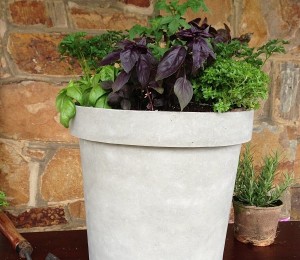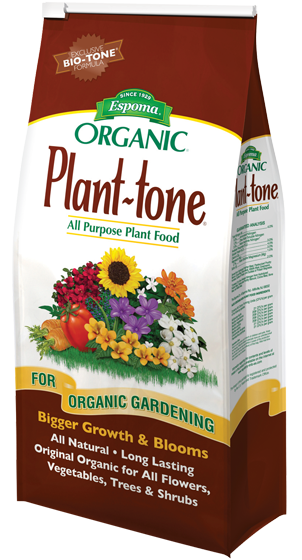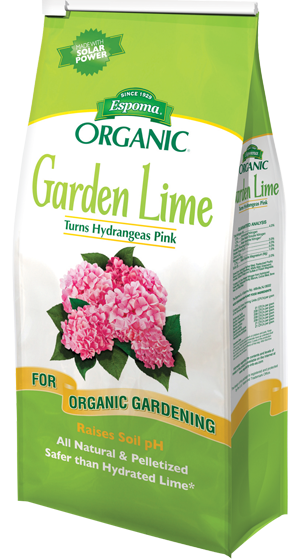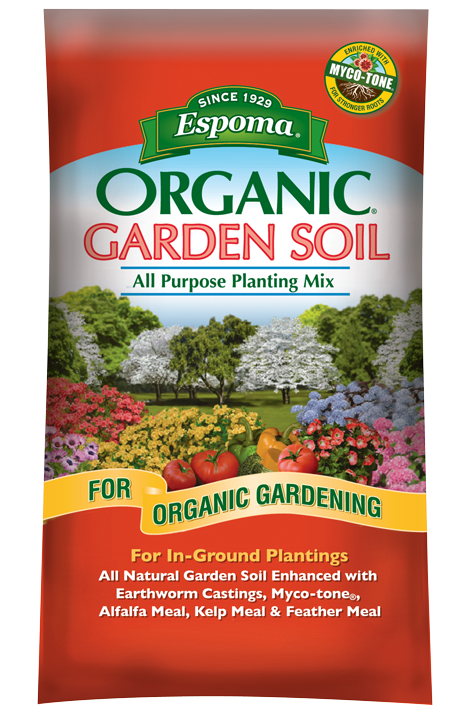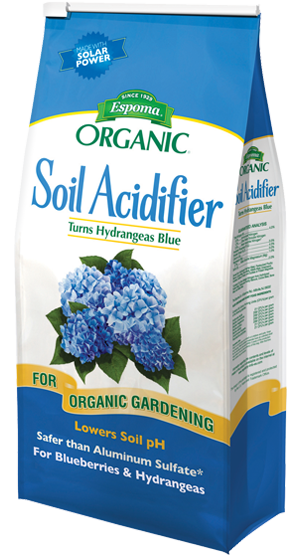Bulbs to Plant Now for Late Summer Color
Right about now, daffodils and tulips are in full bloom making even the simplest of streets beautiful.
People are snatching up the blooms and putting them in vases and arrangements. And some are even heading into garden centers to get those flowers for their garden.
But, in most regions, spring blooming bulbs are best planted in fall to be able to bloom in the spring.
Don’t worry! There are many varieties of spring-planted bulbs that are just as beautiful as your traditional favorites.
Keep your garden thriving and plant bulbs now to have amazing summer color. Wait until the last frost date has passed to plant to ensure your bulbs won’t freeze. Check the tags on your bulbs for planting information or head over to your local garden center for specific region information. Don’t forget to mix your soil with Bulb-Tone to create beautiful big blooms!
Our Favorite Bulbs to Plant this Spring
Dahlia
With a variety of sizes, colors and designs, dahlias have become one of the most popular flowers. Be sure to buy a bunch of bulbs though, it’s hard to plant just one. Bloom time is between mid-July and September. These dazzling beauties will showcase your garden anywhere you plant them. They are technically a tuber, but are planted the same way you would plant a bulb.
Lily
Stay on trend this year and plant a lily. With the option of Asiatic, Trumpet or Oriental, or a mixture of the three, your garden will be full of color lasting summer through fall. Look for lilies with the color and pattern to add texture and design. Bloom time is between June and September, depending on variety.
Begonia
Known as a grandmother’s flower, begonia’s are perfect for any garden. Most people don’t know that the begonia family is quite large, with lots of colors, shapes and sizes. Bloom time starts in mid-July. Since there are so many options with begonias, choose something in the double flower, ruffled double flower or the pendulous varieties.
Calla Lilies
This eye-catching flower will add wonder to your garden. Calla lilies are elegant and timeless and perfect for containers. They come in a large variety of colors and textures to match every style. Bloom time is between July and October. Grab varieties of calla lilies such as Flame, Captain Marrero or Ruby Sensation for the paintbrush affect.
Ranunculus
This exquisite flower is a display itself with its layer upon layer of silky petals. It is similar to a rose and is often considered high end delicacy. One thing to remember is to soak the bulb before planting to encourage growth. Bloom time is between June and August.
Watch below as Laura from Garden Answer shows how to plant bulbs!

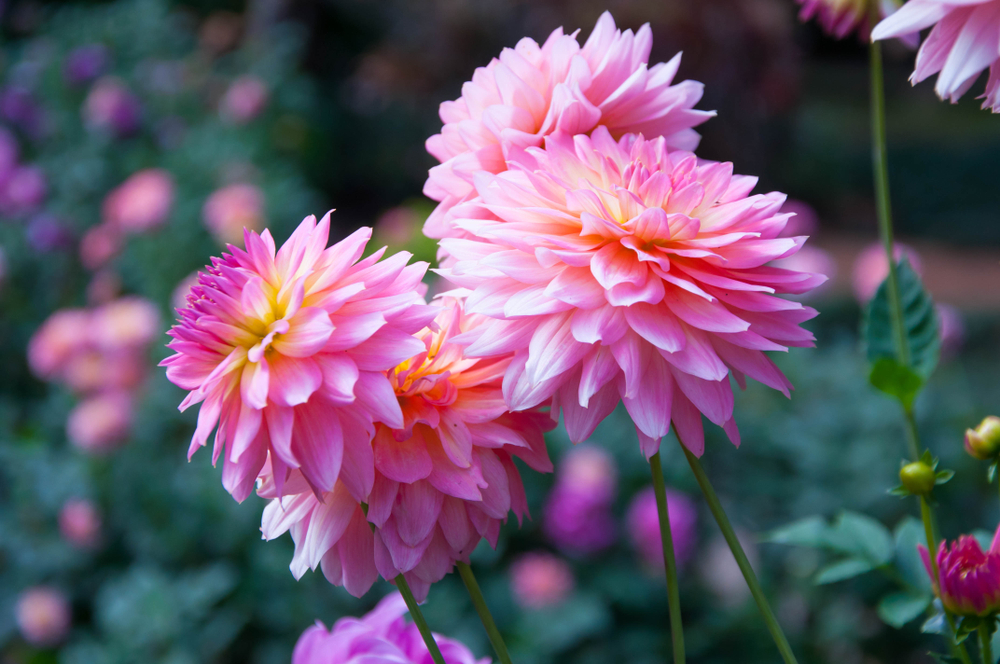
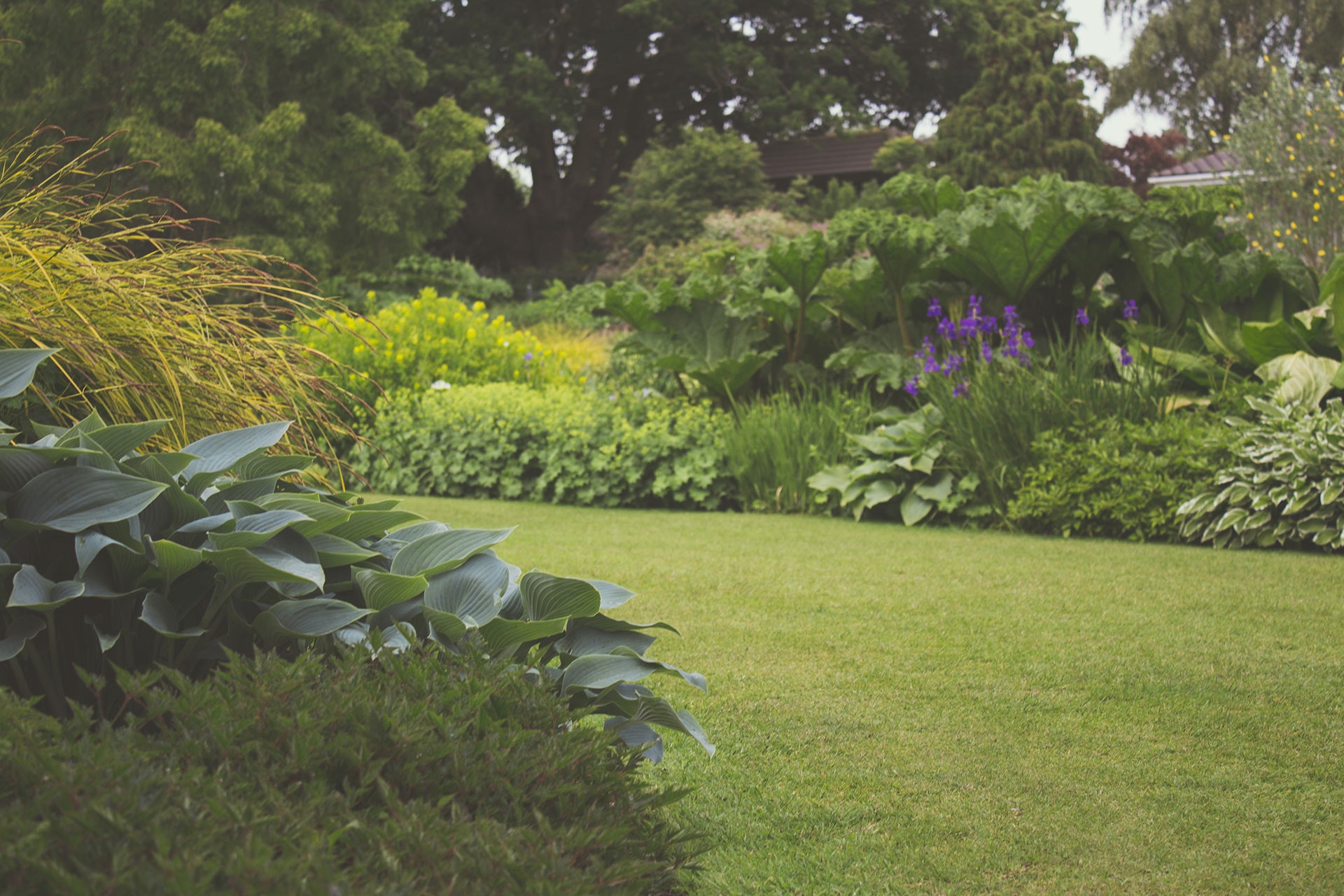
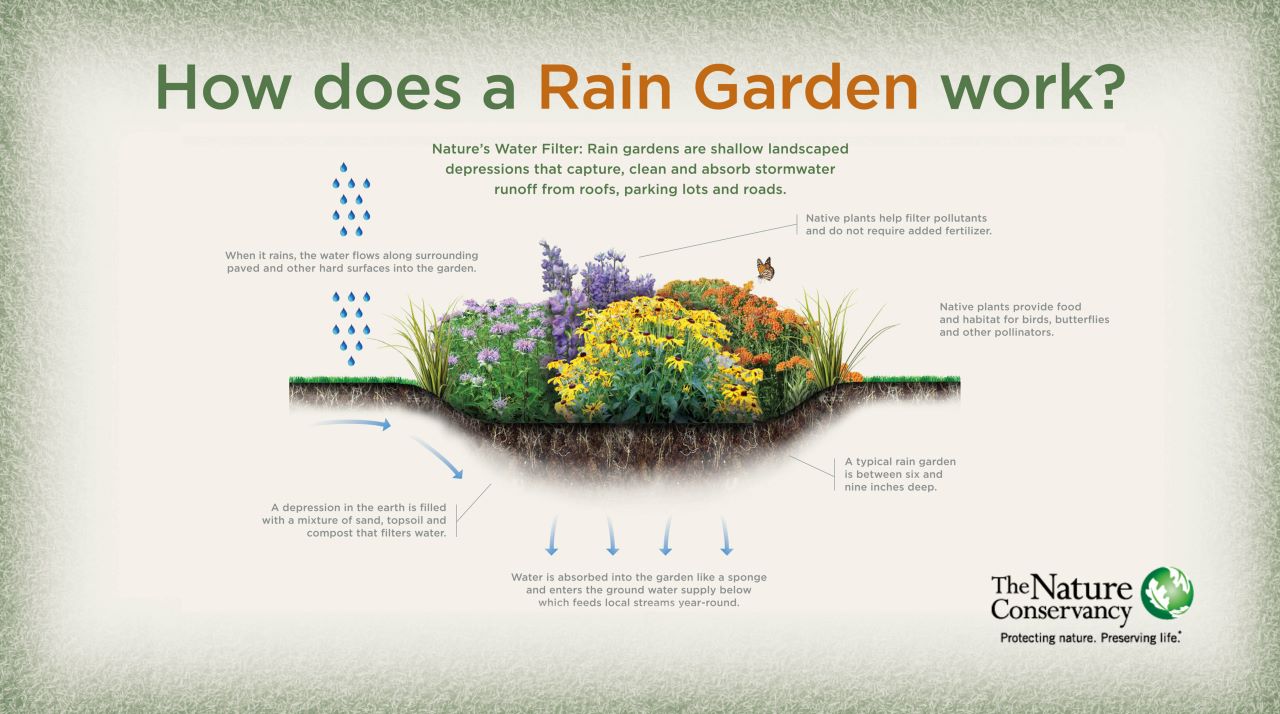


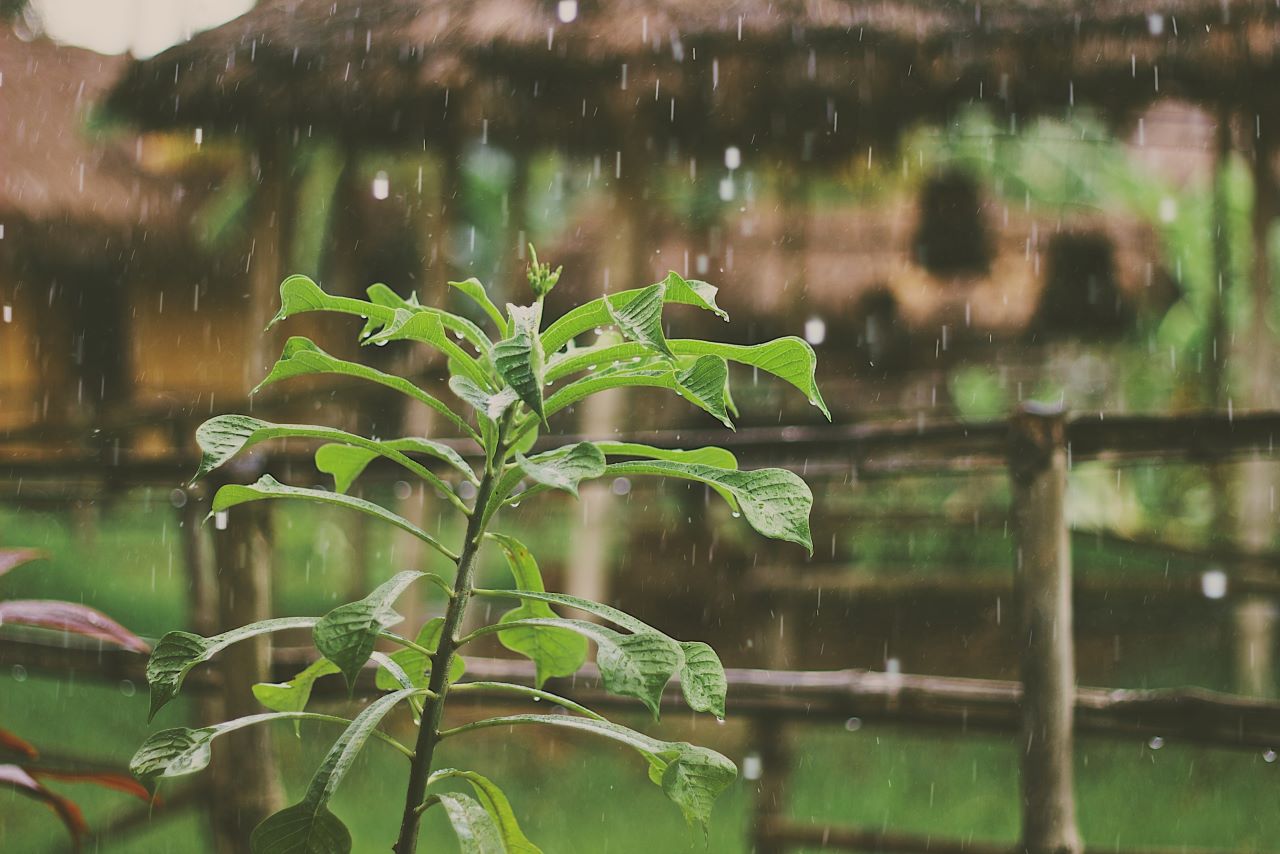
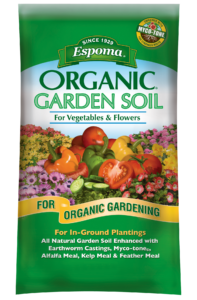
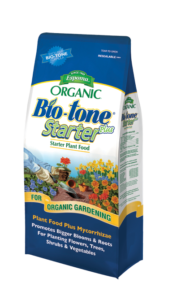
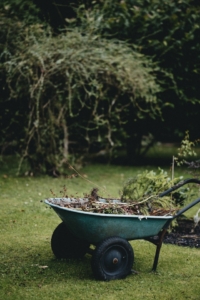
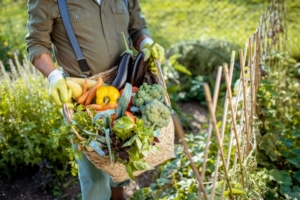

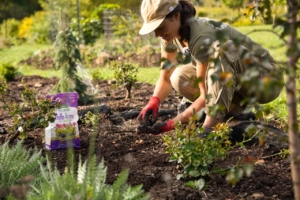
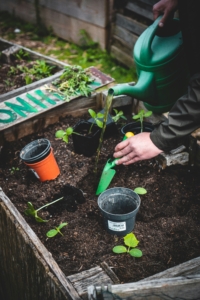
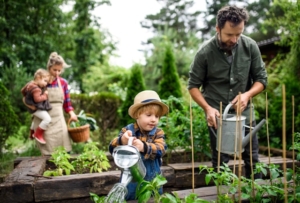
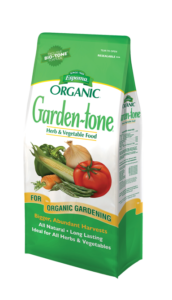
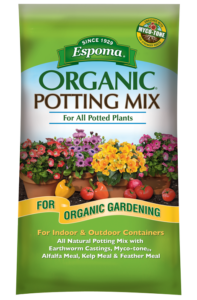

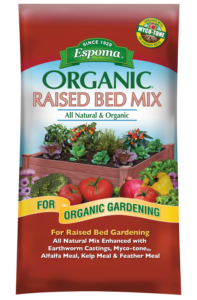
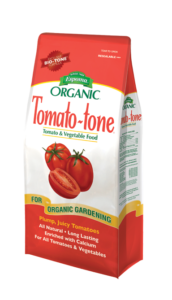
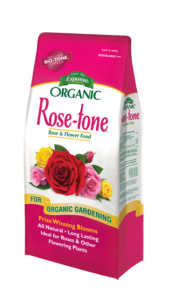
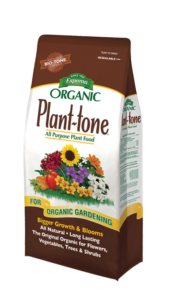
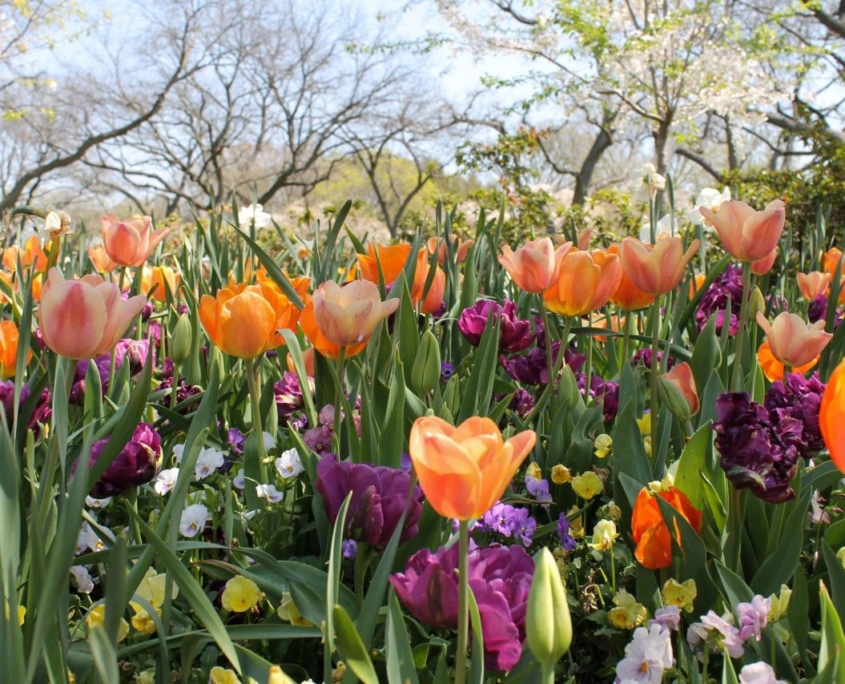
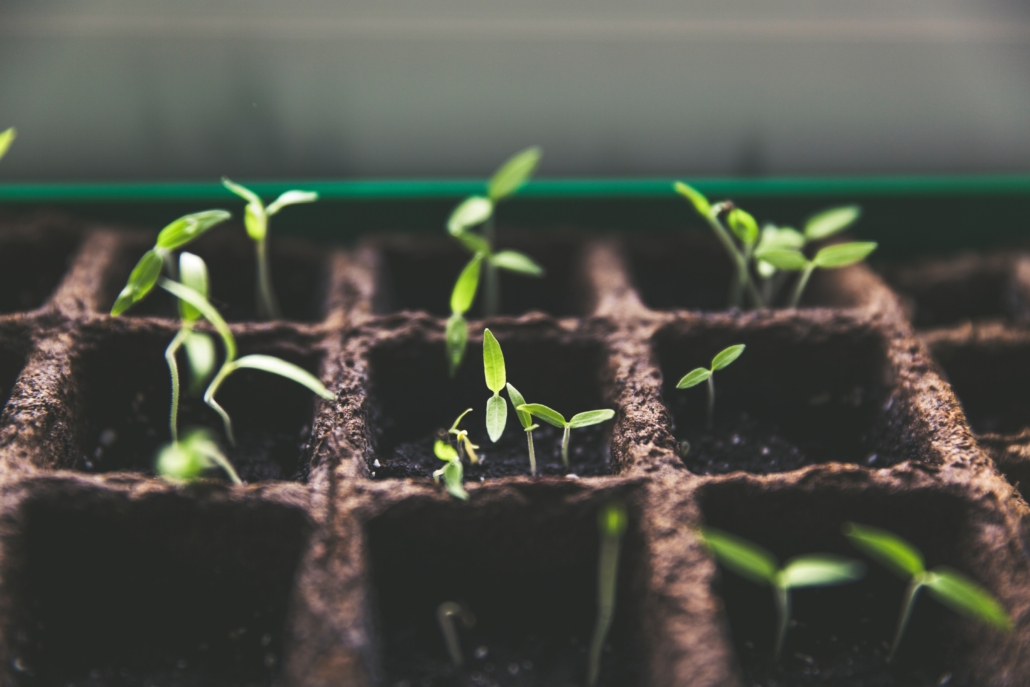
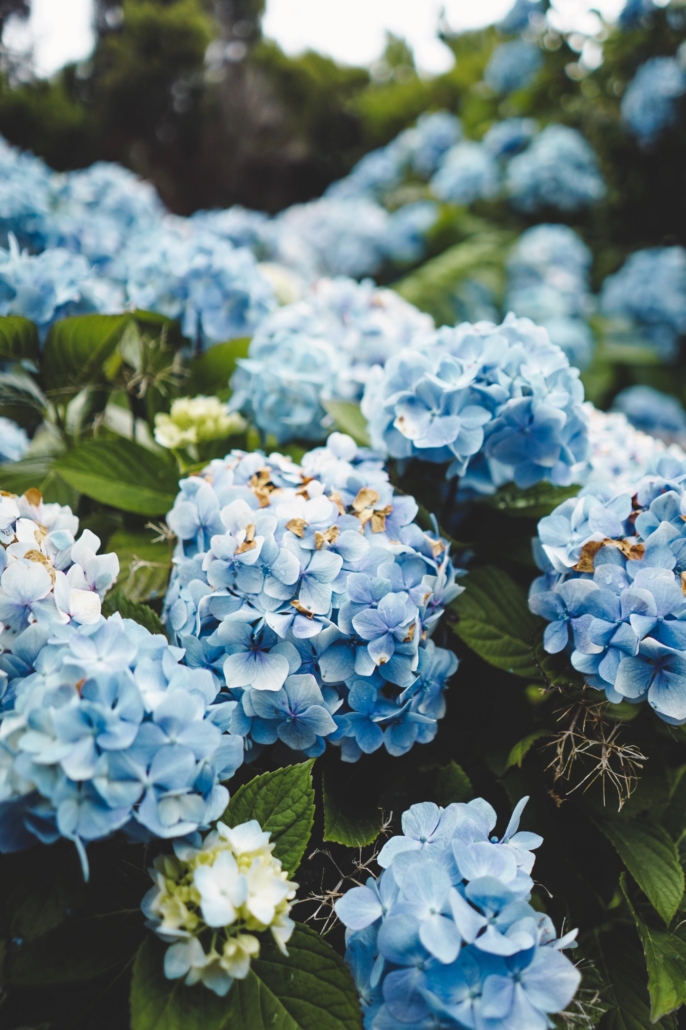
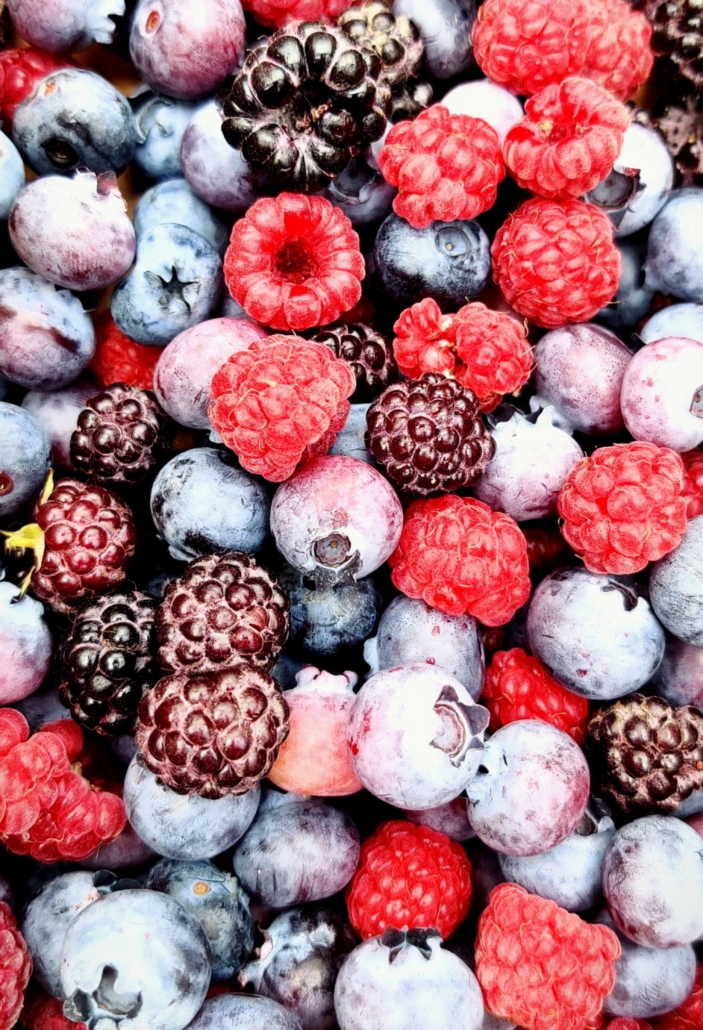

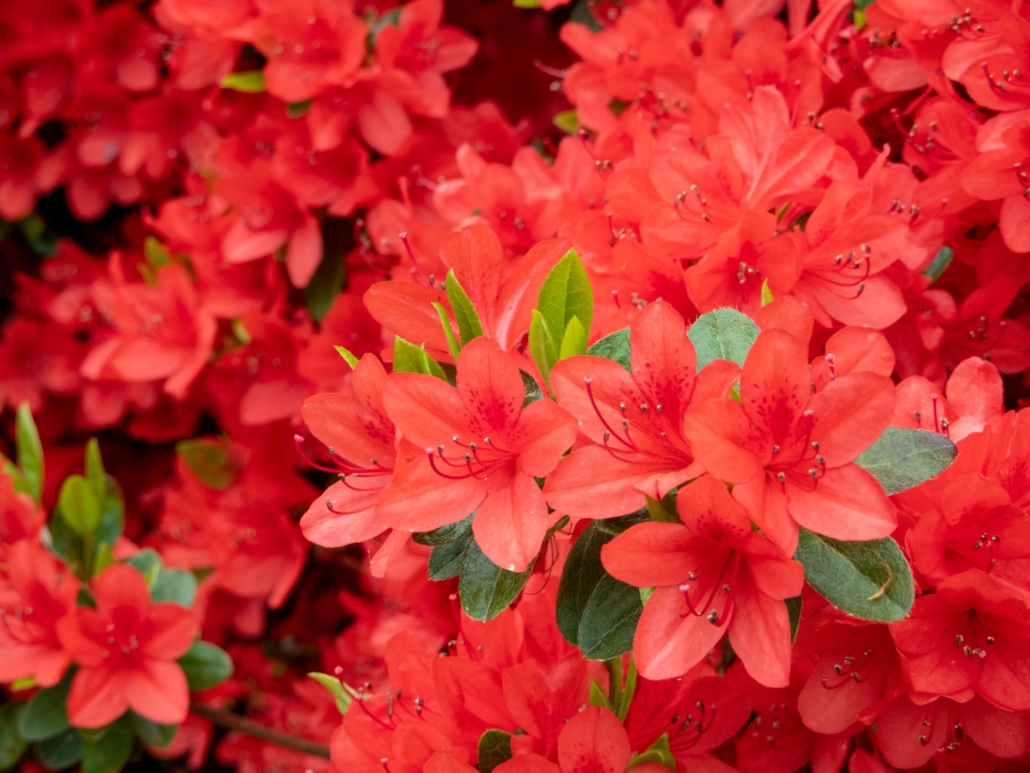
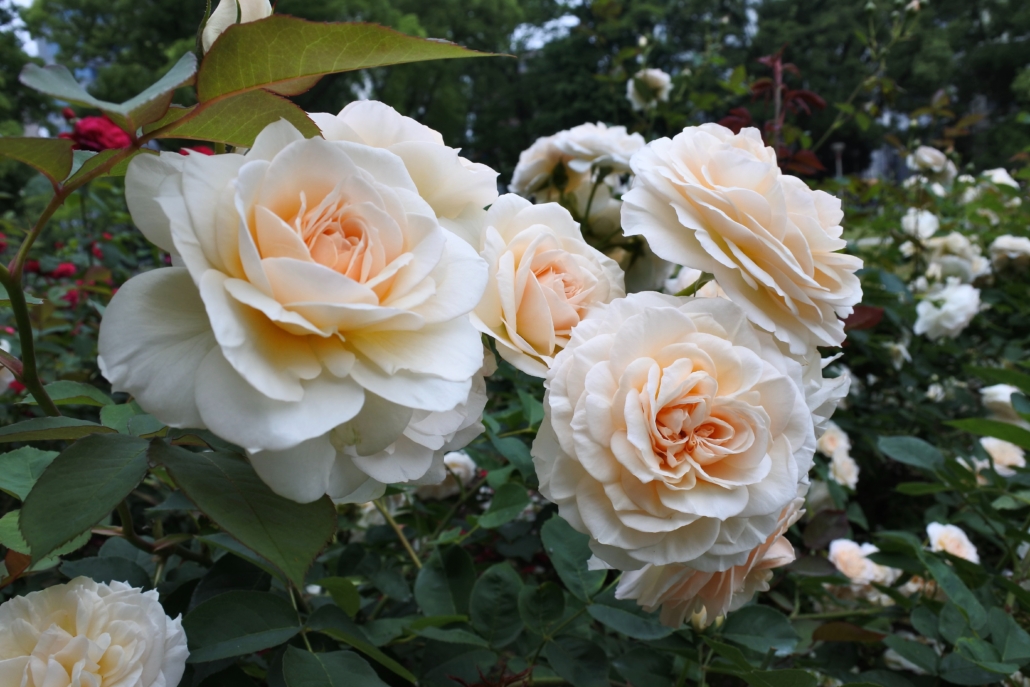
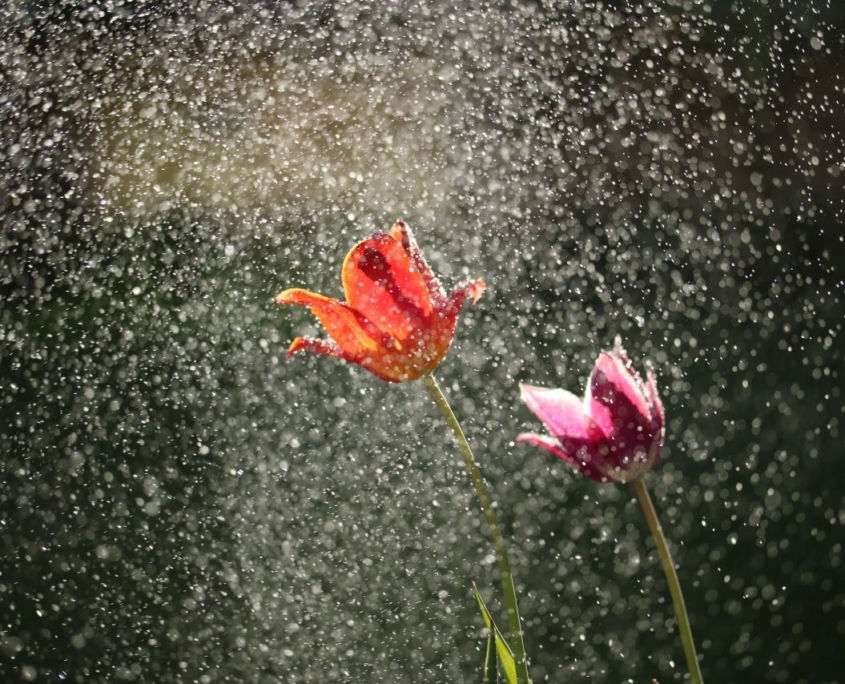
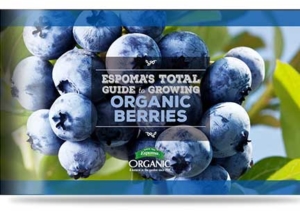
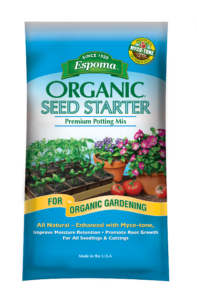
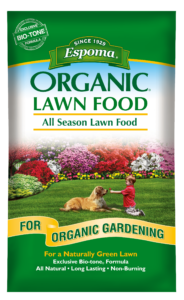
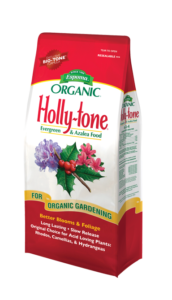
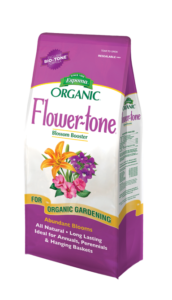
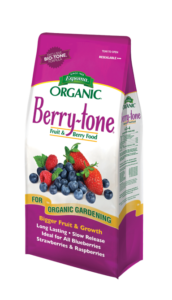
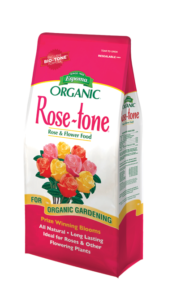
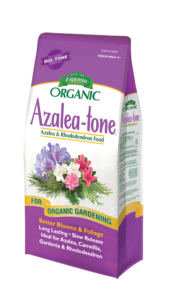
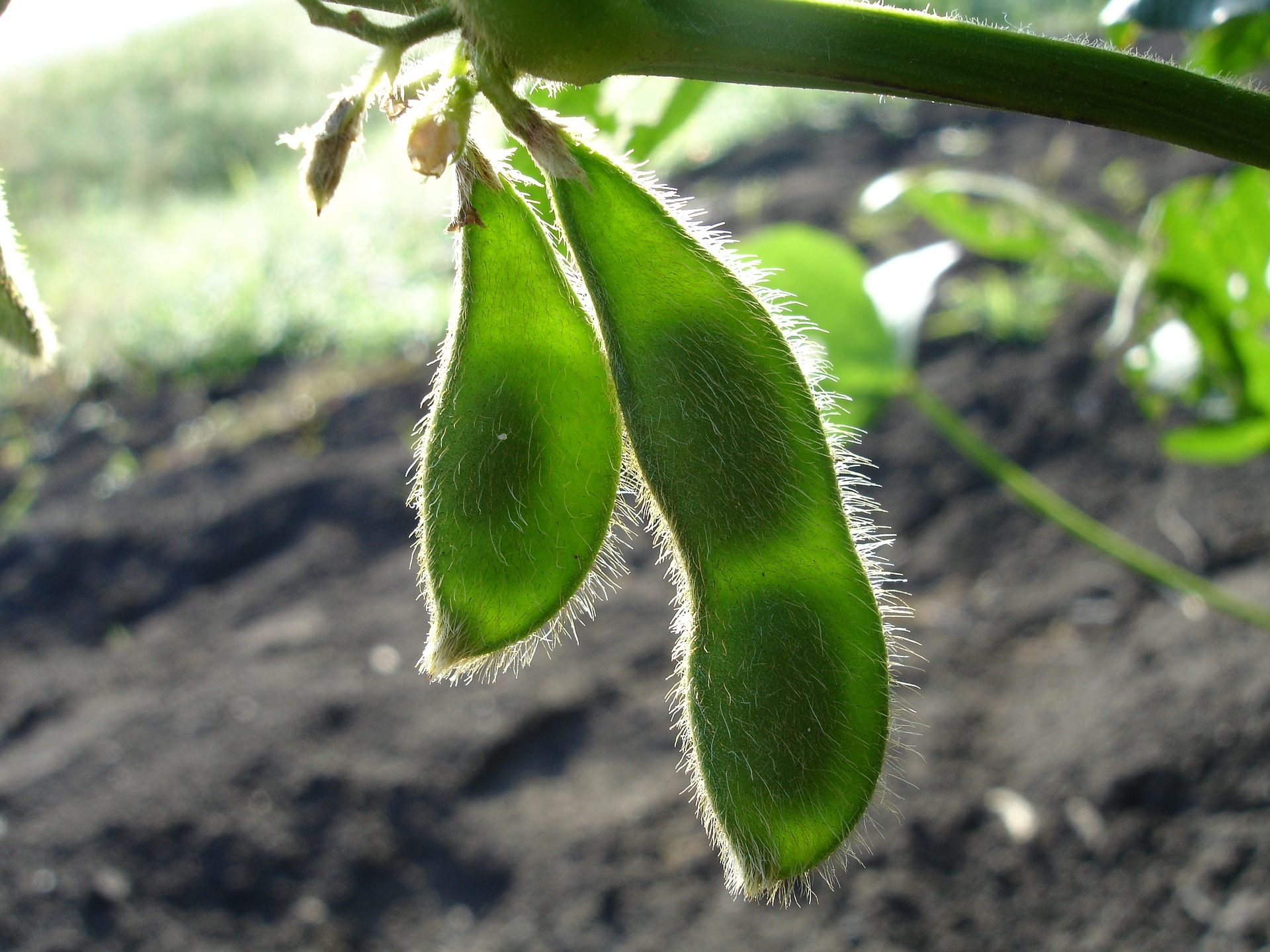

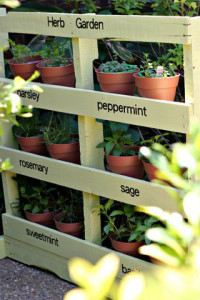
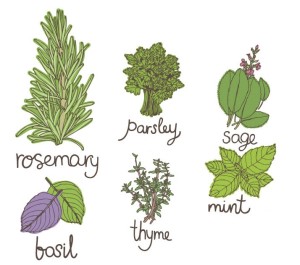 Most herbs will work in a container but the best herbs to plant in containers are: Basil, Mint, Rosemary, Thyme, Oregano, Cilantro, Parsley, Sage, Chives, Lavender, Tarragon, Lemon Verbena
Most herbs will work in a container but the best herbs to plant in containers are: Basil, Mint, Rosemary, Thyme, Oregano, Cilantro, Parsley, Sage, Chives, Lavender, Tarragon, Lemon Verbena